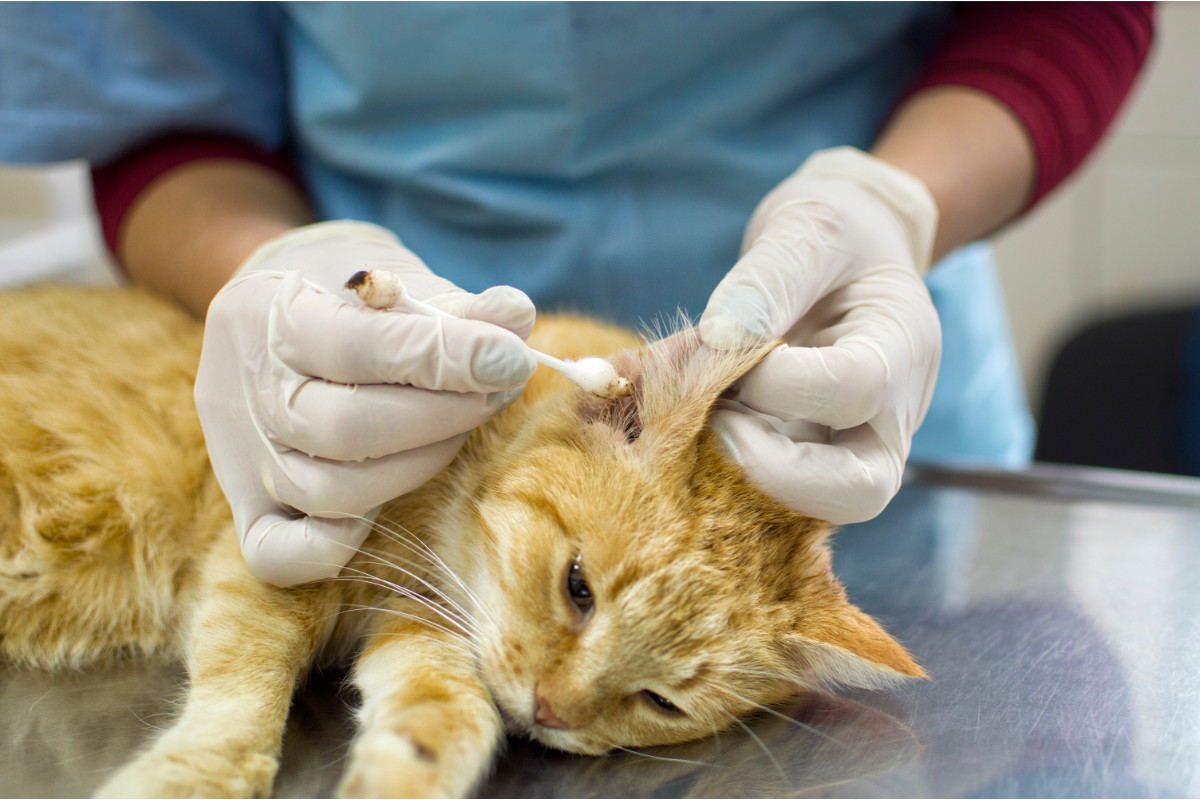Focus on allergic diseases in animals
Allergic-type diseases are a major concern in animal health, affecting a wide range of species including dogs, cats and horses. These pathological conditions, resulting from an overactive immune response to normally harmless substances, manifest themselves through a variety of symptoms that can significantly alter the quality of life of the animals concerned. Emphysema in horses … Read more




















